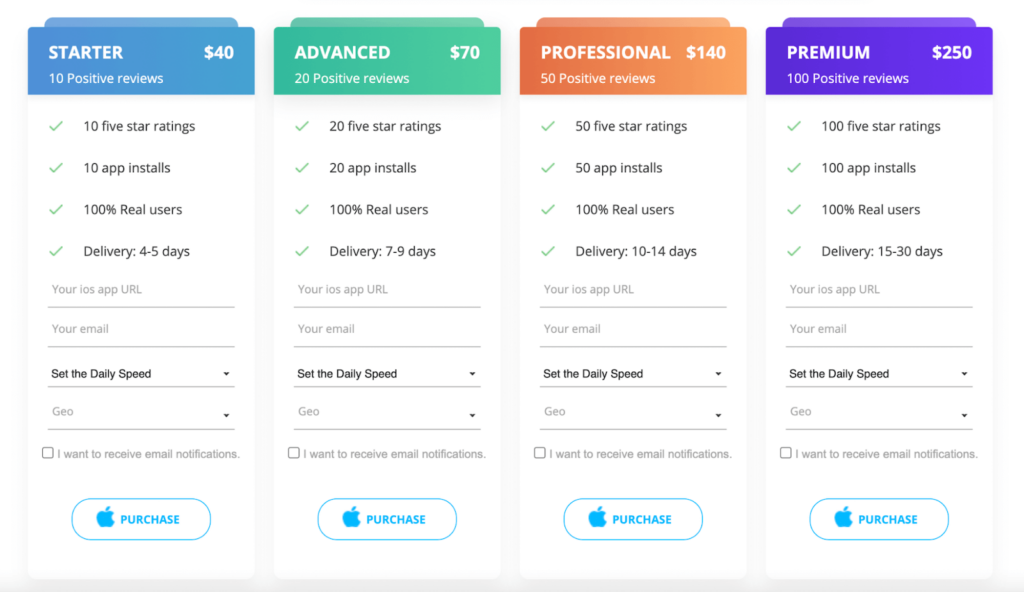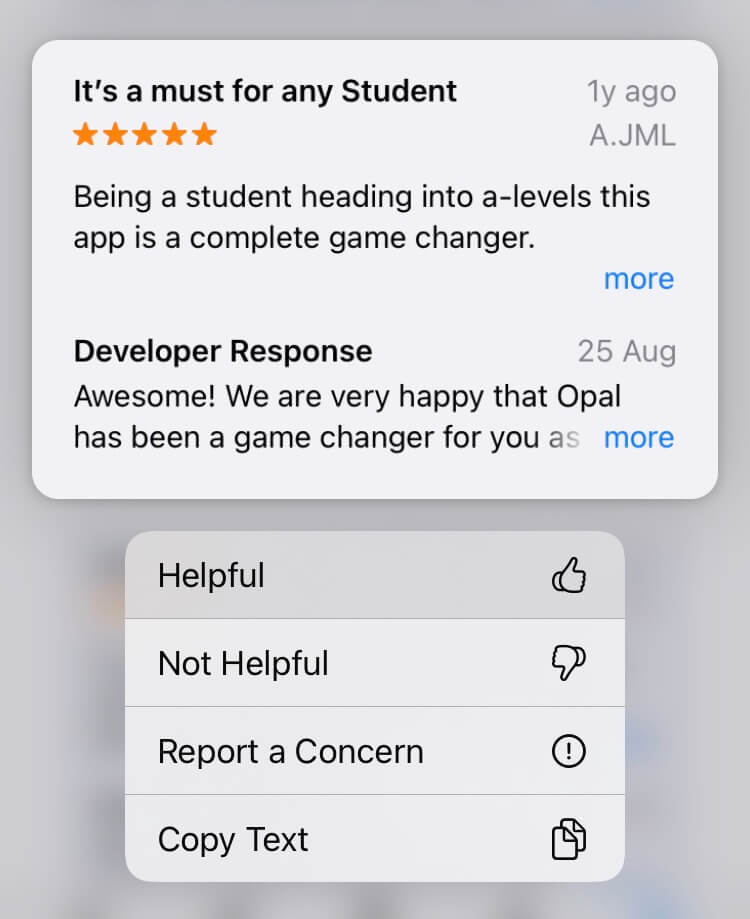Black hat ASO: Are your competitors using these tactics?
How to compete when so many apps are breaking the rules.

How can you thrive in an app marketplace where some of the top-performing apps might be cheating? Despite efforts by Apple and Google, rule-breaking in app stores is still a reality.
Is it worth risking your app’s reputation by bending these rules for better app store optimization (ASO) or is the gamble too high?
Let’s be clear: we’re not advocating for these dubious tactics. However, understanding them is crucial in a competitive landscape where not everyone plays by the rules. By knowing how some apps cheat, you can be better informed in knowing what legitimate means you should turn to instead.
Steve Young of App Masters, an experienced app marketer and growth hacker, knows these tactics well. With a data-driven mindset — “Everything is based on data, not opinions” — Steve’s insights (as shared on the Sub Club podcast) are invaluable in navigating this murky topic.
What are black hat ASO techniques?
Before we jump into the tactics, let’s quickly cover what we mean by “black hat” ASO. Black hat ASO techniques are unethical methods used by some app developers to manipulate their app’s ranking and visibility in app stores. These practices violate the guidelines of platforms like Apple’s App Store and Google Play. They either benefit an app or seek to undermine the apps of competitors. While these tactics can temporarily elevate an app’s standing, they carry significant risks such as being banned from the app stores.
Buying ratings and reviews
App stores prioritize user feedback for app discovery and rankings. In fact, ASO experts are finding that ratings and reviews are only becoming more important (while metadata optimization less so). It’s not just about app store discovery — a user seeing a low rating is likely to think twice before downloading your app. Therefore, apps need to optimize both volume and quality.
One way to optimize for more positive reviews is to use a review prompt immediately following a successful user action in your app.
Unfortunately, another way is to cheat. An alarmingly large number of apps purchase ratings and reviews from online marketplaces. Their reasoning is to help get the ball rolling. Some initial reviews may encourage other users to leave reviews and ratings.
Which? published a report last year showing that across iOS and Android, 21% of top 100 gaming apps featured “suspicious reviews”, while for health & fitness that was 19%.
| App platform | % of games apps with suspicious reviews | % of health & fitness apps with suspicious reviews |
|---|---|---|
| Apple App Store | 15% | 17% |
| Google Play Store | 22% | 25% |
There are many different review brokers that allow users to purchase bundles of reviews, like these below.

While many apps are already buying ratings and reviews, this strategy has a large element of risk. Apple and Android can sometimes detect these fake ratings and reviews (though clearly, as we’ve seen, not well enough), resulting in consequences for the developer. In Apple’s case, their App Store Review Guidelines mention that developers can be expelled from the Apple Developer Program.
As a result, some apps continue to find more sophisticated ways to avoid detection. This may involve purchasing more detailed and authentic reviews and spreading them over a longer time period.
Keyword install campaigns
Another popular black hat ASO technique is what Steve calls keyword install (or boost) campaigns. A keyword install campaign is when you ask large groups of people to search for a keyword and download your app. This hacks the algorithm to make the relevance of your keyword closer to your app.
It’s similar to being aggressive with an ASA (apple search ads) campaign by putting a keyword on exact match with a high cost-per-click with the intent of generating taps for that keyword, thereby increasing your app’s relevance for it.
The key is to find a keyword that is pretty low competition from an ASO standpoint with at least a search score of 30.
Steve points out that despite Apple’s efforts to suppress it, this tactic remains effective.
“We ran a keyword boost campaign within the initial launch phase of an app. We got it to number one, and now it’s stuck. It’s still number one for this keyword,” he says.
“I don’t think keyword optimization is enough anymore. You need to give it a bit of a boost, but if you find the right keyword with low competition that no one’s paying attention to. Then, using these black hat strategies, you can get it [the app] to number one.”
Leaving negative reviews on competitor apps
Leaving negative reviews on a competitor’s app is another particularly shady black hat tactic. The premise is simple — leave one-star reviews on competing apps. Just as positive reviews can boost your ranking in the app stores, negative reviews can do the opposite.
Steve hastens to explain that, for him, this a line not to be crossed. “We’ve heard black hat strategies where people leave one-star reviews for some of their competitors. Now, I don’t do that type of stuff. I’m here to win my own game and I don’t like to penalize.”
Hacking the top three most helpful reviews
Ever wanted a specific review to appear at the top of your app’s ratings and review section? It’s possible to hack the top three most helpful reviews and get your best app reviews at the top.
All you need to do is long-press on your favorite reviews — ones which are positive, keyword-rich, with high conversion intent — and mark them as most helpful.
Long-pressing on a review is a bit of a hidden feature, so it’s probable that there are more people using it to game the system than there are people using it legitimately.

Outside of the app store there are various paywall “dark patterns”
One of the better known paywall dark patterns (deceptive practices aimed at getting users to subscribe or continue subscribing) is delaying the paywall dismiss button.
By hiding the X on the paywall by around five seconds on paywall view, users are tricked into thinking its a hard paywall. It’s deliberately deceptive and, according to Steve, it does increase revenue.
Another, which was referenced by Jake Mor in a recent paywall roast, is priming during onboarding. The idea is that you get the user accustomed to tapping on a CTA button (i.e. during onboarding that would be a button to “continue” or otherwise move to the next screen) in a particular place. Then, when you present the paywall to the user as the final screen in onboarding, the user has been “primed” to tap — which is to say, subscribe.
We hope it goes without saying, but no successful app business model should be based on deceiving users. It’s much better to be upfront about the cost of your app and what people are going to get out of it. This doesn’t mean you can’t be insistent with your paywall by showing it earlier in the user journey or showing it more often. Some apps show their paywall on every launch. It might be annoying, but it’s not deceptive, and that’s a key differentiator.
Learn more about optimizing the placement of your paywall.
Summarizing black hat ASO
Why doesn’t Apple and Google catch more of these black-hat ASO techniques?
It’s a cat-and-mouse game. As the stores get better at detecting shady tactics, people just find more sophisticated workarounds. And even if they can detect it, how do they know it was you versus a competitor deliberately trying to get you banned?
Let’s summarize the black-and-grey-hat tactics we’ve covered:
- Buying ratings and reviews: A tactic where apps acquire ratings and reviews to enhance their visibility and appeal on app platforms.
- Keyword install campaigns: Involves orchestrating mass downloads through specific keyword searches to improve an app’s ranking for those keywords.
- Leaving negative reviews on competitors’ apps: This strategy entails posting negative reviews on competing apps to lower their ratings.
- Manipulating “most helpful” reviews: A method where certain positive reviews are promoted as the most helpful to influence user perception.
- Paywall dark patterns: Various practices, such as delating the option to dismiss a paywall, aimed at deceiving users in order to generate more subscriptions.
Your next step? We’d recommend delving deeper into app store optimization to compete using more legitimate means.
You might also like
- Blog post
Effective testing strategies for low-traffic apps
Is A/B testing off the table? Let’s rethink experimentation.
- Blog post
The essential guide to paywalls for subscription apps
Why your paywall may be costing you subscribers (and how to fix it)
- Blog post
The beginner’s guide to Apple win-back offers
Bring back lapsed customers with Apple win-back offers and RevenueCat

